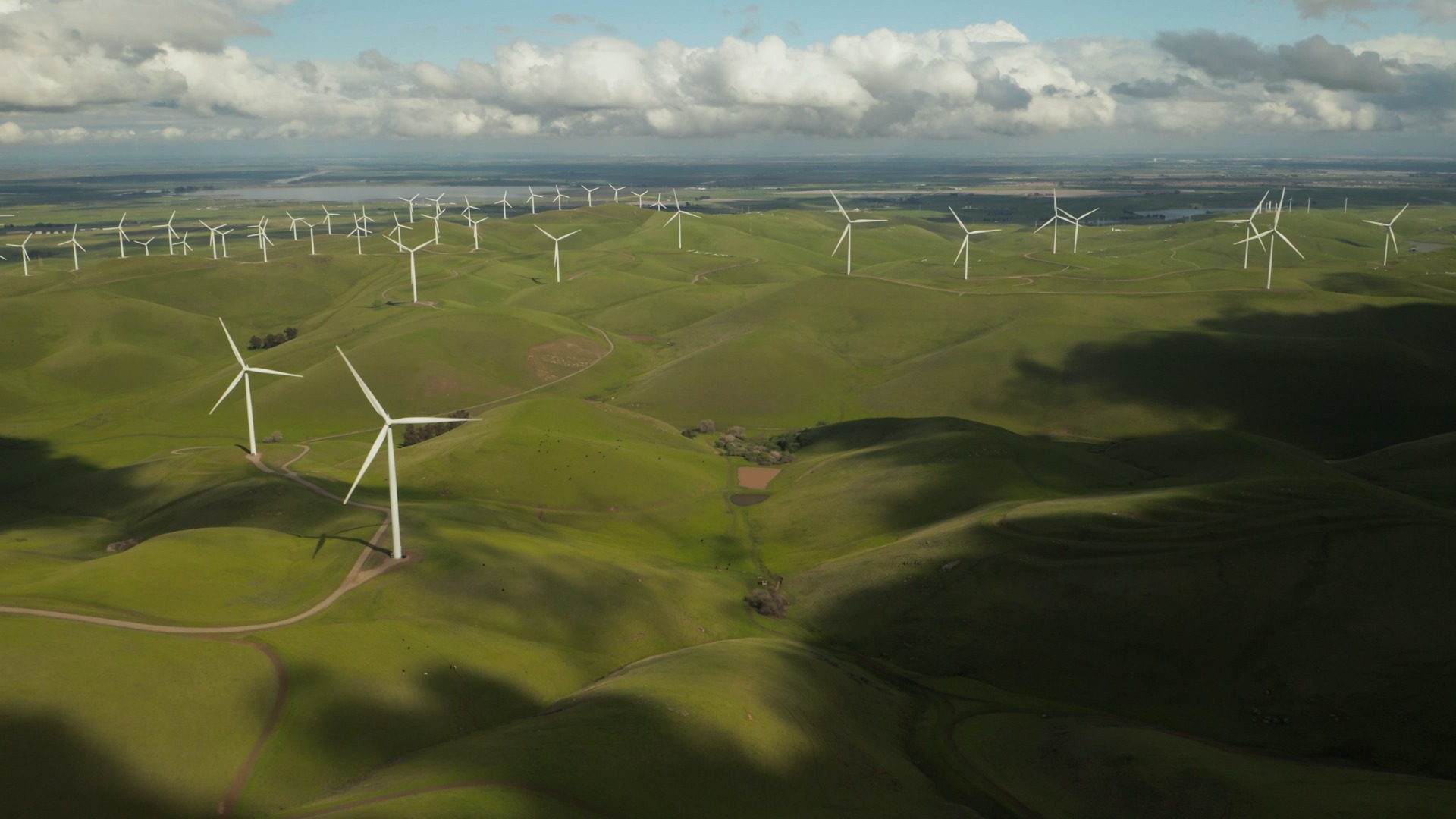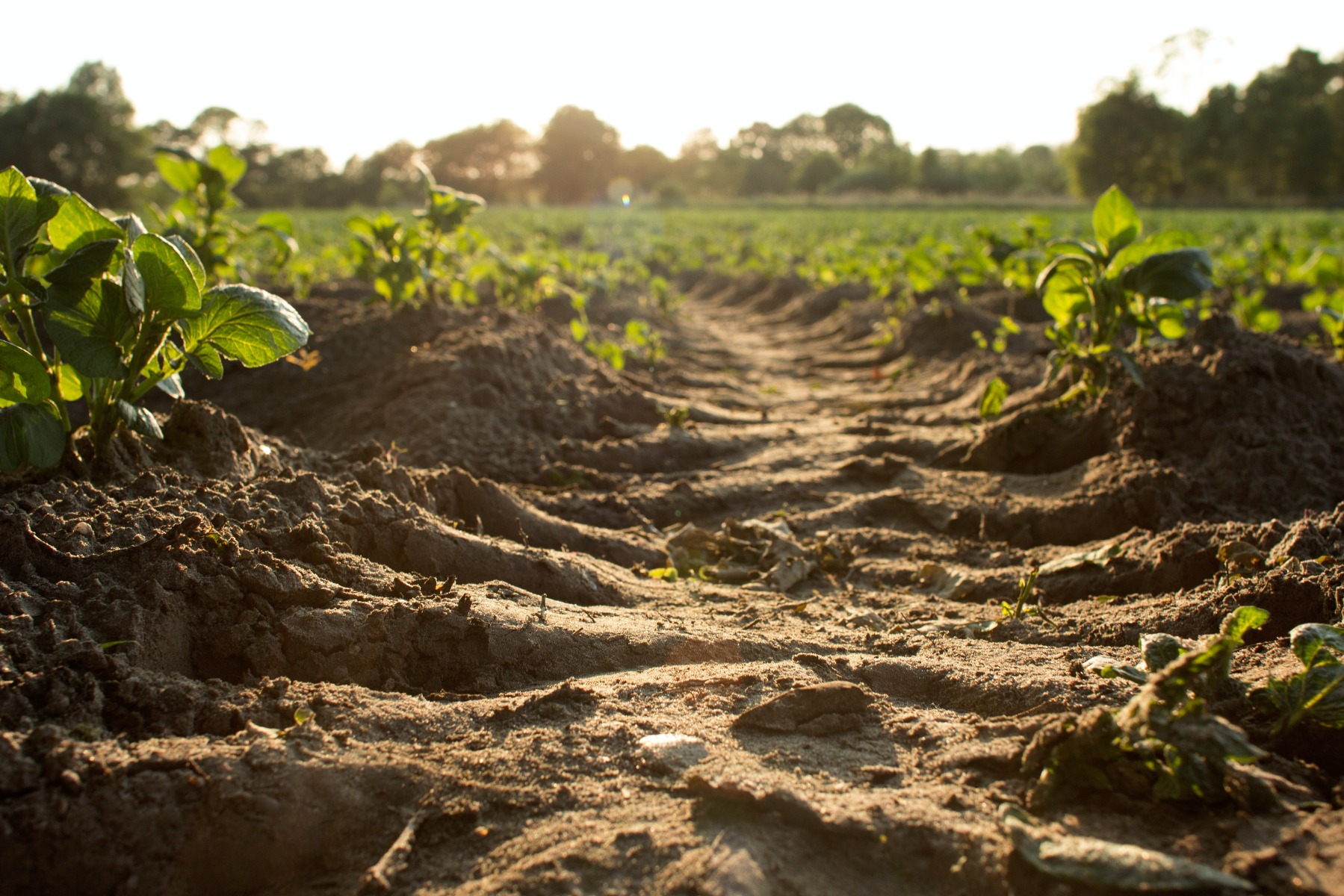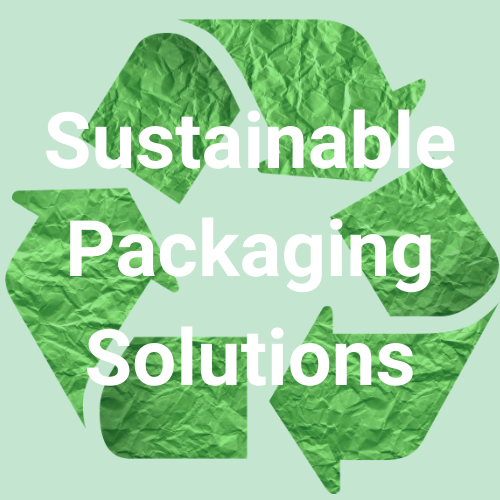- 800-277-7007
- ISO 9001:2015 Certified Company
Green Packaging Terms: What You Need to Know
We’ve all heard of green packaging before. The green movement has taken nearly every industry by storm as individuals and businesses across the globe try to find ways to protect our environment from harm. This eco-friendly initiative is necessary to safeguarding our natural resources and seems to be taking place in just about every company around the nation, from food and beverage to automotive and electronics to furniture and office supplies. People around the world have dramatically changed their outlook on sustainability and what can be done to contribute to it, and the packaging industry is no exception. Packaging is used for virtually every type of product , making it one of the key contributors in the switch to sustainability. That's why it’s so important to analyze and examine the green packaging terms we use most often.
Green Packaging Terms to Know
Alternative Energy: Energy sources that are not fossil fuels and that cannot be depleted. Examples include wind, flowing water, or solar energy.
Bagasse: This refers to what’s left over after juice is culled from sugar cane pulp. Bagasse can be utilized to create bio-products like paper or packaging supplies and can even be used as fuel.
Biodegradable: Any product that can and will completely break down back into the earth over a given period of time. Biodegradable goods are entirely organic and their disintegration is generally the result of prolonged exposure to sunlight or bacteria.

Bioplastics: These plastic materials are made using natural substances that aren’t petroleum. Often, these substances are corn or potato based. Bioplastics are compostable and biodegradable.
Carbon Footprint: A carbon footprint is a measure of the impact a person, business, or organization has on the environment, including how many greenhouse gases you produce. It is measured in carbon dioxide units.
Carbon Neutral: Any process that does not have a net carbon contribution to the atmosphere through the use of fossil fuel.
Closed Loop: A process during which the waste or byproducts of one product are used to create a separate product.

Compost: This is a mix of organic materials that are in the process of biodegrading. Compost is frequently repurposed as a soil fertilizer.
Conservation: Conservation refers to the preservation of resources, both natural and otherwise. When applicable, it also includes the reuse of these resources.
Cube Utilization: The amount of space, measured as a percentage, used within a shipping container, trailer, or storage area.
Efficiency: Doing more in less time or with fewer resources.
Fossil Fuels: Fuels that were formed in the ground over the course of millions of years. These are the result of physical and chemical changes to plant or animal remains and come in solid, liquid, and gas forms.
Greenhouse Effect: The warming of our planet’s atmosphere as a result of carbon dioxide and other gas build up. Greenhouse gasses occur both naturally and from human activity and include carbon dioxide, methane, nitrous oxide, and more.
Landfill: A site that is used to dispose of non-recyclable waste. It will eventually be covered with soil and buried.
Photodegradable: Plastic materials that can be chemically broken down by ultraviolet radiation are considered photodegradable.
Recyclable: Recyclable items or components are those that can be repurposed after their intended first use is complete. This could mean the entire product can be reused or just certain physical or chemical parts of the item can be broken down to create something new.
Regrind: Recycled plastics that have been ground down.
Source Reduction: Also referred to as waste prevention, source reduction is the method of manufacturing or using products or materials that minimize the total amount of trash generated.
Going Green in Packaging
We understand more than most that it can be tough to find the best solution for green packaging. You need packaging that’s not just sustainable, but that will also protect your products during the entire supply chain process. Thankfully, Sarkina offers a wide range of different green packaging products to assist you and can help you even further with our free guide to sustainable packaging solutions. Just enter your information here and we’ll send to your email inbox straightaway.



